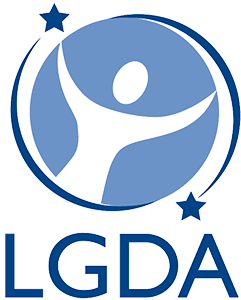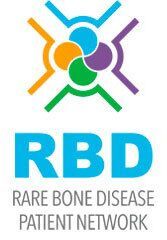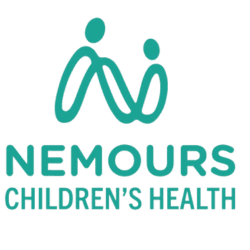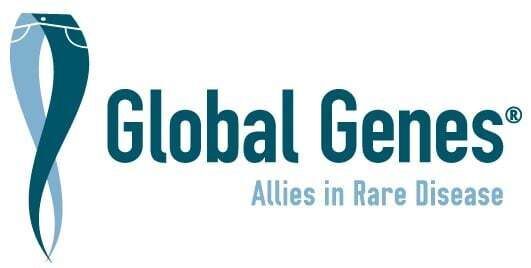
What are Consensus of Care Guidelines?
Consensus of Care Guidelines are carefully developed recommendations designed to guide healthcare providers in delivering the best possible care for specific medical conditions. These guidelines are created through a collaborative process that involves expert healthcare professionals, researchers, and patient representatives. The goal is to ensure that all patients receive consistent, high-quality care based on the latest medical evidence and expert consensus.
How Do They Benefit Patients and the Medical Community?
- Standardized Care: These guidelines help standardize medical practices, ensuring that patients receive the same level of care no matter where they are treated. This reduces variability in treatment approaches and helps ensure that all patients have access to the best-known practices.
- Improved Patient Outcomes: By following these guidelines, healthcare providers can improve patient outcomes. The recommendations are based on extensive research and clinical expertise, which means that the treatments and interventions suggested are proven to be effective.
- Enhanced Communication: Consensus of Care Guidelines facilitate better communication among healthcare providers. When everyone is on the same page about the best course of action, it ensures a more coordinated and comprehensive approach to patient care.
- Empowered Patients: Patients and families can feel more confident in their care when they know that their treatment plan is based on established guidelines. Understanding that their healthcare team is following the best practices can provide peace of mind and empower patients to engage more actively in their care.
- Educational Tool: These guidelines serve as an educational tool for both healthcare providers and patients. They help doctors stay up to date with the latest advancements in their field, and they also provide patients with valuable information about their condition and treatment options.
- Research and Improvement: The development and updating of these guidelines involve ongoing research and review. This process continually incorporates new findings and advances in medical science, ensuring that care recommendations are always current and evidence based.
Importance for Complex Lymphatic Anomalies
- Addressing Knowledge Gaps: Complex Lymphatic Anomalies (CLAs) often lack comprehensive research and well-established treatment protocols. Consensus of Care Guidelines help bridge these knowledge gaps by consolidating the best available information and expert opinions into a coherent set of recommendations.
- Improving Diagnosis and Early Intervention: CLAs can be difficult to diagnose due to their uncommon nature and varied symptoms. Guidelines provide healthcare professionals with specific diagnostic criteria and procedures, facilitating earlier and more accurate diagnosis. Early intervention can significantly improve patient outcomes and quality of life.
- Ensuring Access to Specialized Care: Patients with CLAs often require specialized care that may not be readily available in all healthcare settings. Consensus guidelines highlight the need for referrals to specialized centers and experts, ensuring that patients receive the appropriate care and expertise.
- Promoting Consistency in Care: For CLA patients, the variability in care can be particularly pronounced due to the limited familiarity of many healthcare providers with their conditions. Guidelines help standardize care, ensuring that all patients, regardless of location, receive consistent and evidence-based treatment.
- Facilitating Research and Clinical Trials: Guidelines often identify gaps in current knowledge and suggest areas for future research. This can lead to more targeted studies and clinical trials, which are crucial for developing new treatments and improving care for CLA patients.
- Building Patient and Provider Confidence: The rarity of CLAs can lead to uncertainty and anxiety for both patients and healthcare providers. Consensus guidelines provide a sense of direction and confidence, reassuring patients that their care is based on the best available knowledge and practices.
- Supporting Advocacy and Policy Making: Consensus of Care Guidelines can serve as powerful tools for patient advocacy groups and policymakers. They provide a solid foundation for advocating for better resources, funding, and policies to support CLA patients.
In summary, Consensus of Care Guidelines play a crucial role in the management of complex lymphatic anomalies by providing standardized, evidence-based recommendations that improve diagnosis, treatment, and overall patient care. They empower patients and healthcare providers, facilitate research, and support advocacy efforts, ultimately enhancing the quality of life for those affected by these complex conditions.
At LGDA, we are committed to advancing the care and treatment of those affected by Complex Lymphatic Anomalies. Our ambitious goal is to create Consensus of Care Guidelines in 2025, setting a new standard of care that ensures every CLA patient receives the best possible treatment. Join us in this vital mission to improve lives and bring hope to our community.










